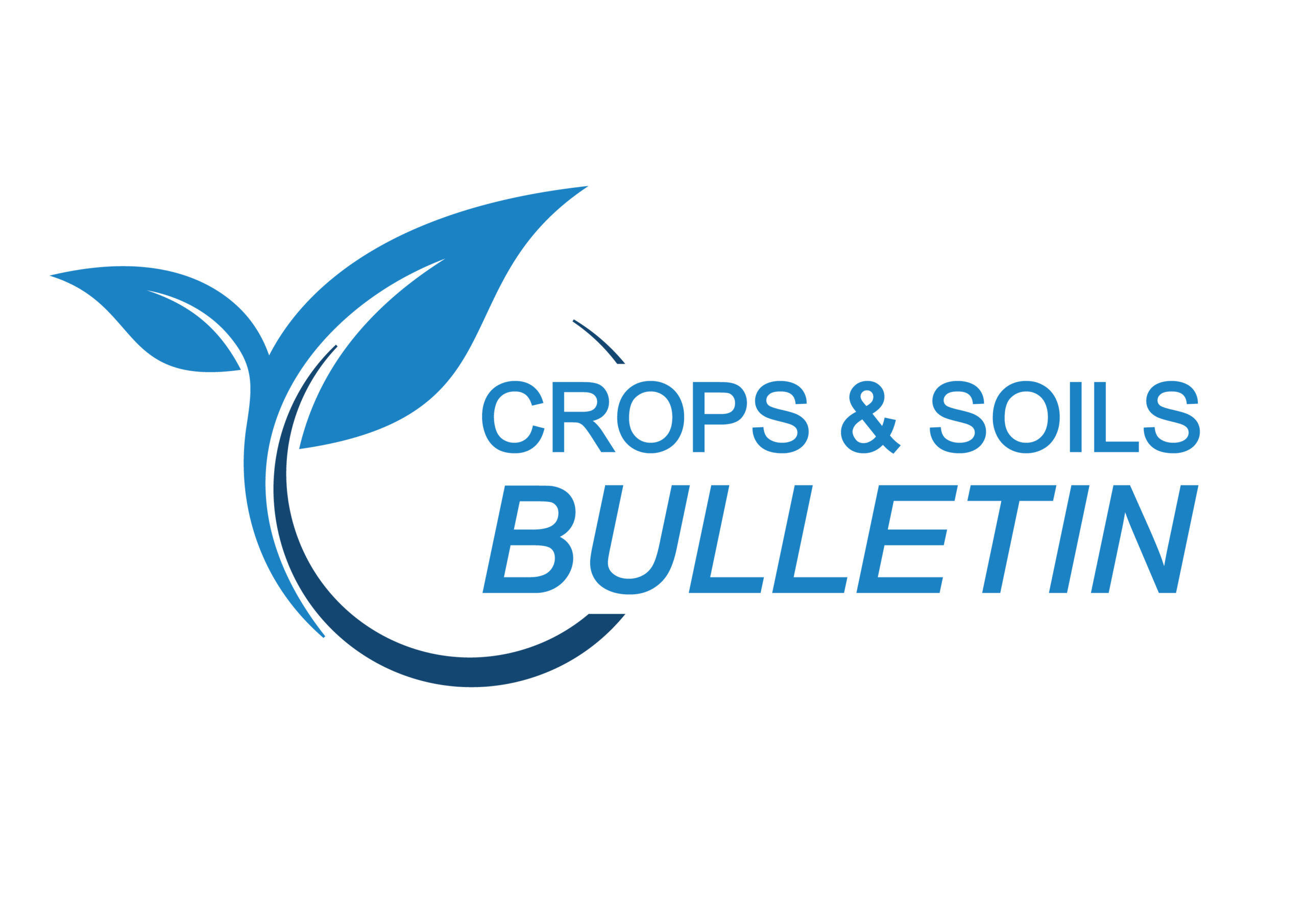Wild Oats and Control in Spring Barley
25 May 2023Mind the Gap! Squeezing wild oat control into spring barley spray programs in a challenging year.
Wild Oats are widely acknowledged as the most competitive weed in spring barley crops in Scotland. They are widespread across the country and even a few plants per m2 can lead to significant yield loss. The spring germinating wild oat (Avena fatua) has almost the perfect set of tools to fast become a problem within a field and across the farm as a whole if left unchecked. Some of these characteristics include:
- Each plant having the potential to produce up to 200 seeds.
- Produces a large seed that has the ability to lie dormant for many years.
- Seeds germinating from a range of depths.
- Wild oats germinate before, during and after the main crop, making timing of control difficult.
- Seeds are easily transported and spread in the harvested crop and machinery.
The wild oat is very similar to the cultivated oat although there are several key differences and other distinguishing features. As a seedling and young plants, the leaves have an anti-clockwise twist with hairs on the leaf margins and an absence of auricles. As the plant grows to maturity it can reach a height of about 150cm and at the base the plant can be quite stout and tufted. Leaves are broad, flat, with hairs visible and appear to be rolled within the stem. Ligules are rounded and quite long at 6-8mm. The head has large drooping panicles which are clearly visible above the crop canopy with seed shed in July and August. Spotting wild oats early in the season can be difficult and field history can play an important part in the decision-making process.
Like some other grass weeds the key to wild oat control is to prevent seed return over a period of time, and this can be achieved in a number of ways.
July will see many farmers trudging up and down tramlines rogueing out wild oats from their crops and this is an effective way of helping to keep lightly infested fields clean for future years and particularly important if the field is being retained for seed.
Where infestations are heavier however, chemical options have to be considered and, in most cases, growers will look to an ACCase inhibitor (e.g., pinoxaden). While generally quite expensive, these chemicals can be very effective, although often need to be applied for more than one year to catch future germinations from the seed bank. There are several different products on the market although some do bring their own set of challenges in terms of timings when broadleaved weeds (BLW) are being controlled by hormone herbicides, including the commonly used Sulfonylureas (SUs). In these scenarios, there are three main options open to growers.
- Tank-mix the wild oat spray with the broadleaved weeds spray. While this approach may save time and a spray pass, rates are required to be kept up at the upper end for the ACCase inhibitor and efficacy may be compromised.
- Apply the hormone herbicide at its usual timing and then follow up with the ACCase inhibitor 21 days later. While this means that broadleaved weeds have been targeted at the right time, it does mean that getting the wild oat spray on before the legal cut off can be very difficult, particularly if the crop grows quickly and spraying opportunities are limited. Once again rates may have to be kept up of the ACCase inhibitor, depending on the growth stage of the wild oats.
- An alternative approach is to go first with the wild oat spray. This can also allow rates to even be reduced slightly and allows growers to follow up with their hormone herbicide to target BLW 7 days later. Any wild oats germinating after this time however will not be covered.
In all instances, growers should discuss their control strategy with their agronomist and refer to the product labels for rates, best timings for use, timings for using other herbicides and also the situations with the use of an adjuvant may be required. These sources can also provide guidance on the best types of nozzle and water volumes to achieve the best results.
There are also other simple measures growers can take to help control wild oats on their farms.
- When moving from known infested fields at harvest time, clean machinery thoroughly before moving from that field to avoid spreading the seed across other fields.
- Don’t grow seed crops where wild oats are a problem and be prepared to monitor and control, if necessary, by spraying and rogueing to prevent contamination of home saved seed stocks.
- Consider a break crop, with wild oat control cheaper and easier in non-cereal crops with a wider range of suitable chemicals available.
Finally, one last tip. Everyone now carries a Smartphone so if the cost of applying ACCase herbicides across the whole field is felt to be prohibitive, take photos of the field prior to rogueing or harvest to identify the worst affected areas of the field. This can allow maps to be drawn to act as a valuable aid in future years, enabling the sprayer operator to target or essentially spot spray the areas where wild oats are present allowing treatment earlier in the season when chemical control is possible and at its most effective.
Sign up to the FAS newsletter
Receive updates on news, events and publications from Scotland’s Farm Advisory Service

